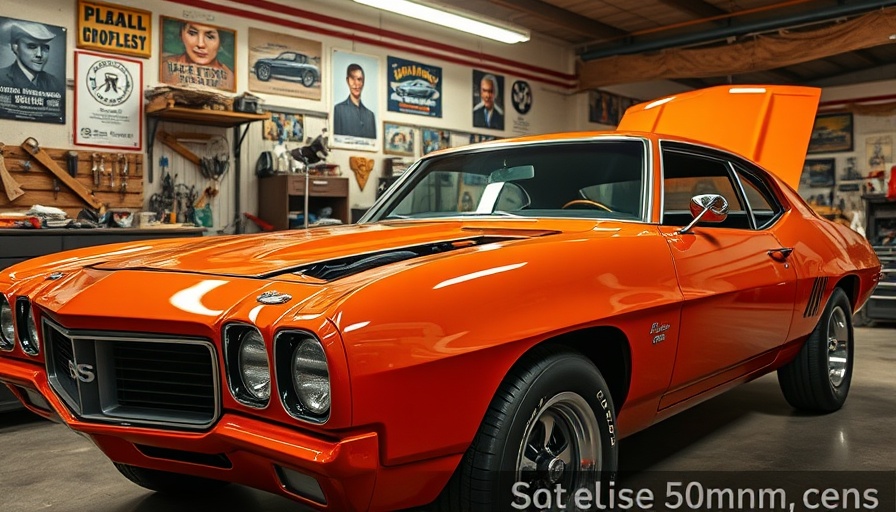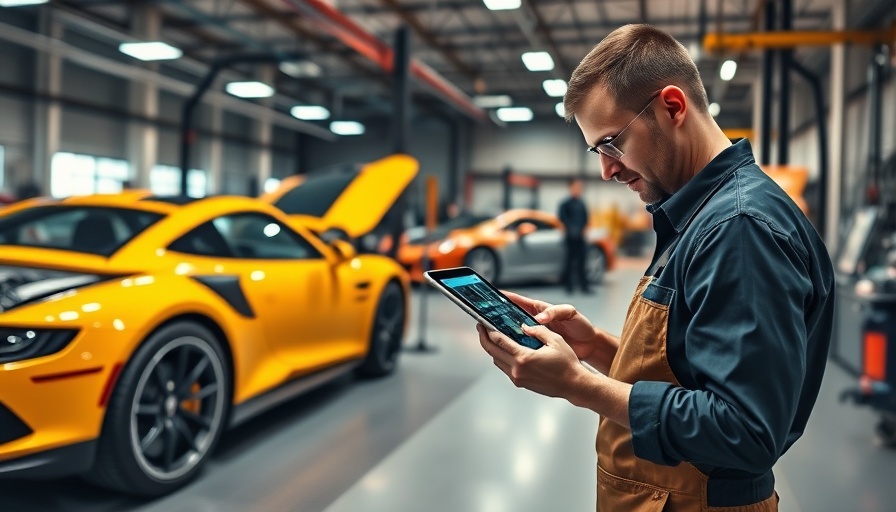
Navigating the World of Salvage Auctions: What to Look For
When it comes to salvage auctions, understanding the nuances of various vehicle brands is crucial for savvy buyers looking to invest in used cars. Salvage vehicles can be an excellent opportunity for both restorers and those looking to repurpose parts. Key brands often found in salvage auctions include Jeep, Nissan, Honda, Toyota, and Ford. As we delve into these popular models, we’ll explore how they stack up during the bidding process.
Jeep: The Off-Road Champion
Jeep models are revered for their toughness and off-road capabilities, making them a prime choice in salvage yards. Whether it's a salvage Jeep Wrangler or a salvage Jeep Gladiator, these vehicles often feature a built-in ruggedness that makes them less susceptible to extensive wear. Look for salvage Jeeps with minimal rust, indicating not only a solid foundation for restoration but also a vehicle that can withstand tough conditions.
Restoration enthusiasts may find prominent models such as the Jeep Cherokee or the Jeep Trackhawk, both of which can offer robust performance enhancements. While many choose these vehicles for their off-road capabilities, others may appreciate their potential for customization.
Nissan: Reliability Meets Value
Nissan’s presence persistently holds strong in salvage auctions, with models like the salvage Nissan Frontier and salvage Nissan Leaf offering versatility. The Frontier is an ideal candidate for those interested in a reliable truck, while the Leaf presents an eco-friendly option for electric vehicle enthusiasts.
The salvage Nissan GTR is particularly sought-after, known for its exceptional performance and engineering excellence, making it a favorite among car enthusiasts who are willing to take on a considerable restoration project.
Honda: The Favorite for Affordability
Honda cars are frequently seen at salvage auctions, with the salvage Honda Civic and salvage Honda Accord shining as quintessential choices. Both models are celebrated for their fuel efficiency and low maintenance costs, making them personal favorites for buyers seeking affordable options.
With a reputation for reliability and long-term use, Honda vehicles often have parts readily available for restoration. The Honda salvage yards also provide a plethora of options for car parts, simplifying the restoration process for enthusiasts.
Toyota: High Demand and Exceptional Resale Value
Toyota vehicles, known for their longevity and high resale value, are consistently in demand at salvage auctions. The salvage Toyota Supra and salvage Toyota Tacoma remain popular among bidders, often boasting great deals for restoration or parts.
These vehicles can be a wise investment due to their legendary reliability and extensive aftermarket support, appealing to a wide range of buyers interested in investing in a quality vehicle.
Ford: The Strong Contender
The Ford Raptor, especially in salvage form, draws attention for its blend of power and capability. Buyers looking for salvage Ford Raptor models should consider their engine performance and potential modification options. Ford trucks typically feature robust build quality, making them ideal salvage candidates for restoration projects.
Understanding the potential costs and efforts required in restoring a vehicle can also aid buyers in making informed decisions. For instance, engine rebuilds vs. replacements presents a common consideration where one must weigh the costs against long-term benefits.
Car Restoration: The Costs and Considerations
While participating in salvage auctions can yield fantastic finds, it’s important to also factor in restoration costs and timelines. Basic maintenance tasks such as brake pad replacement costs and engine light diagnostics can add up quickly if not planned for ahead of time.
Creating a solid vehicle maintenance checklist can guide prospective buyers through the restoration journey. Understanding typical costs, like paint and body repair or even how to change oil, can further help assess the feasibility of any projects.
Diving Into the Future of Salvage Vehicles
The future of salvage vehicles seems bright, with more individuals leaning towards eco-friendly models and unique restorations. As trends evolve, salvage vehicles are becoming more desirable not just for those seeking affordable cars but also for collectors and enthusiasts keen on preserving unique automobile history.
As technology improves, the process of restoring classic or salvaged vehicles is becoming easier, allowing enthusiasts to embark on DIY projects with confidence.
Your Next Move: Getting Involved with Salvage Cars
If you're intrigued by the idea of buying a salvage vehicle, consider checking local auctions or platforms online. Whether it's for restoration or parts, there's a wealth of opportunities waiting for savvy buyers.
Taking the leap into the world of salvage cars not only presents the chance to own a remarkable vehicle but can also foster a sense of community among car restoration enthusiasts.
 Add Row
Add Row  Add
Add 




 Add Row
Add Row  Add
Add 

Write A Comment